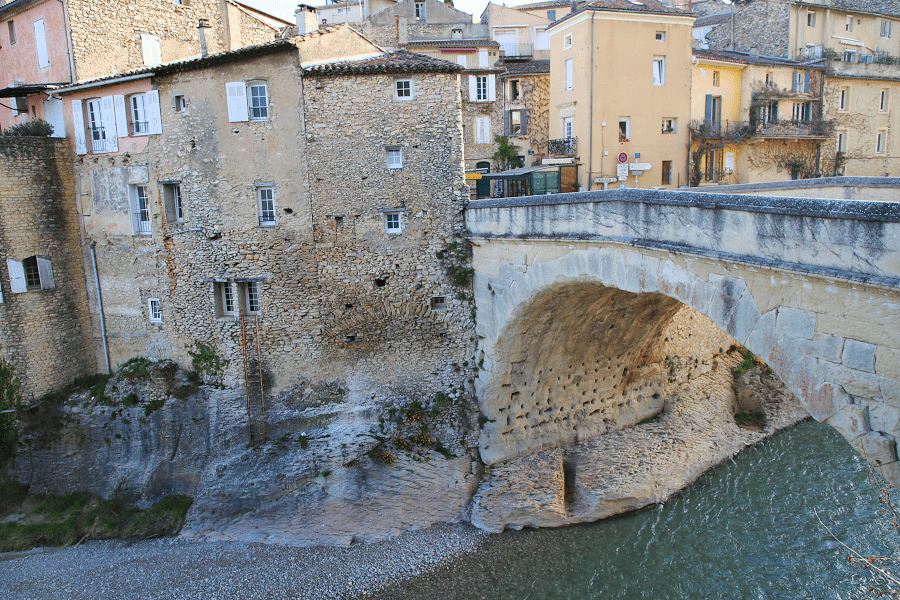Auvillar is a commune in the department of Tarn-et-Garonne in the Occitania region (France).
Historically and culturally, the commune is in Lomagne, a former district of the province of Gascony, with the title of viscounty, nicknamed “French Tuscany.”
Exposed to an altered oceanic climate, it is drained by the Garonne, the Arrats, the Ayroux and the Cameson streams (and various other small rivers). At the beginning of the nineteenth century, boatman traffic reached 3000 boats per year.
The town has a remarkable natural heritage: a Natura 2000 site (Garonne, Ariège, Hers, Salat, Pique and Neste) and three natural areas of ecological, fauna and flora interest.
Auvillar is a rural commune that has 910 inhabitants as of 2021, after having experienced a population peak of 2,508 in 1821. It is part of the Valencia catchment area. Its inhabitants are called Auvillarais or Auvillaraises.
Since 1994, Auvillar has been one of the “most beautiful villages in France” with its port district.
Auvillar is a stopover for tourists and pilgrims on the Camino de Santiago.
Main attractions
Through an alley lined with old houses from the 15th to the 18th century, including those of the Consuls and the disused Carmelite chapels, you arrive at a covered square, where a circular hall on columns stands, built in 1830 on the remains of an old, quadrangular market hall.
Historical monuments
The Clock Tower, overlooking the Arnaud Othon Gate, was named after a Viscount of Auvillar. It also marks the entrance to the old town. The construction, from the time of Louis XIV, is stone and bricks. The doors and windows are semi-circular and each floor is decorated with moldings carved into the brick. The market square is made up of numerous residences from the 17th and 18th centuries.
The Museum of Old Auvillar brings together the old museum of earthenware produced from 1739 to 1909 and its manufacture of goose feathers for writing and the museum of inland navigation with ex-votos of sailors.
Religious buildings
The Saint-Pierre Church is a former Benedictine priory from the 12th and 14th centuries. The building, classified as a historic monument in 186, was restored in the 17th and 19th centuries. Forty-three m long, it retains a Romanesque part, with alternating light and dark stones and a Gothic vault with liernes and tierserons.
The Sainte-Catherine-du-Port Chapel dates from the 14th century. Saint Catherine was the patron saint of sailors. On its facade, a chrism from the Carolingian era is visible. The building was listed as a historic monument in 1980.
Others:
- Chapel of the Ursuline convent of Auvillar.
- Notre-Dame du Marchet d’Auvillar chapel.
- Notre-Dame du Salut de Salut Chapel.
See also Human Figurines of Auvillar.
How to get to?
From Paris: 8 hr 1 min (658 km) via A20
From Toulouse: 1 hr 28 min (90.3 km) via A62
From Andorra: 3 hr 50 min (274 km) via N20
From Barcelona: 5 hr 24 min (417 km) via C-16
From Madrid: 8 hr 16 min (751 km) via A-1
From Monaco: 6 hr 20 min (671 km) via A8
From Moscow: 35 hr (3,460 km) via E30/M1
From Belgrade: 18 hr 48 min (1,977 km) via E70
From Istanbul: 29 hr (2,924 km) via E70
From Bern: 8 hr 4 min (873 km) via A89
Main information
Area: 15 km2
Population: 910
Coordinates: 44°04′13″N 0°54′02″E
Language: French
Currency: Euro
Visa: Schengen
Time: Central European UTC +1
See here Pyrenees travel guide
See here France travel guide
See here Spain travel guide

























